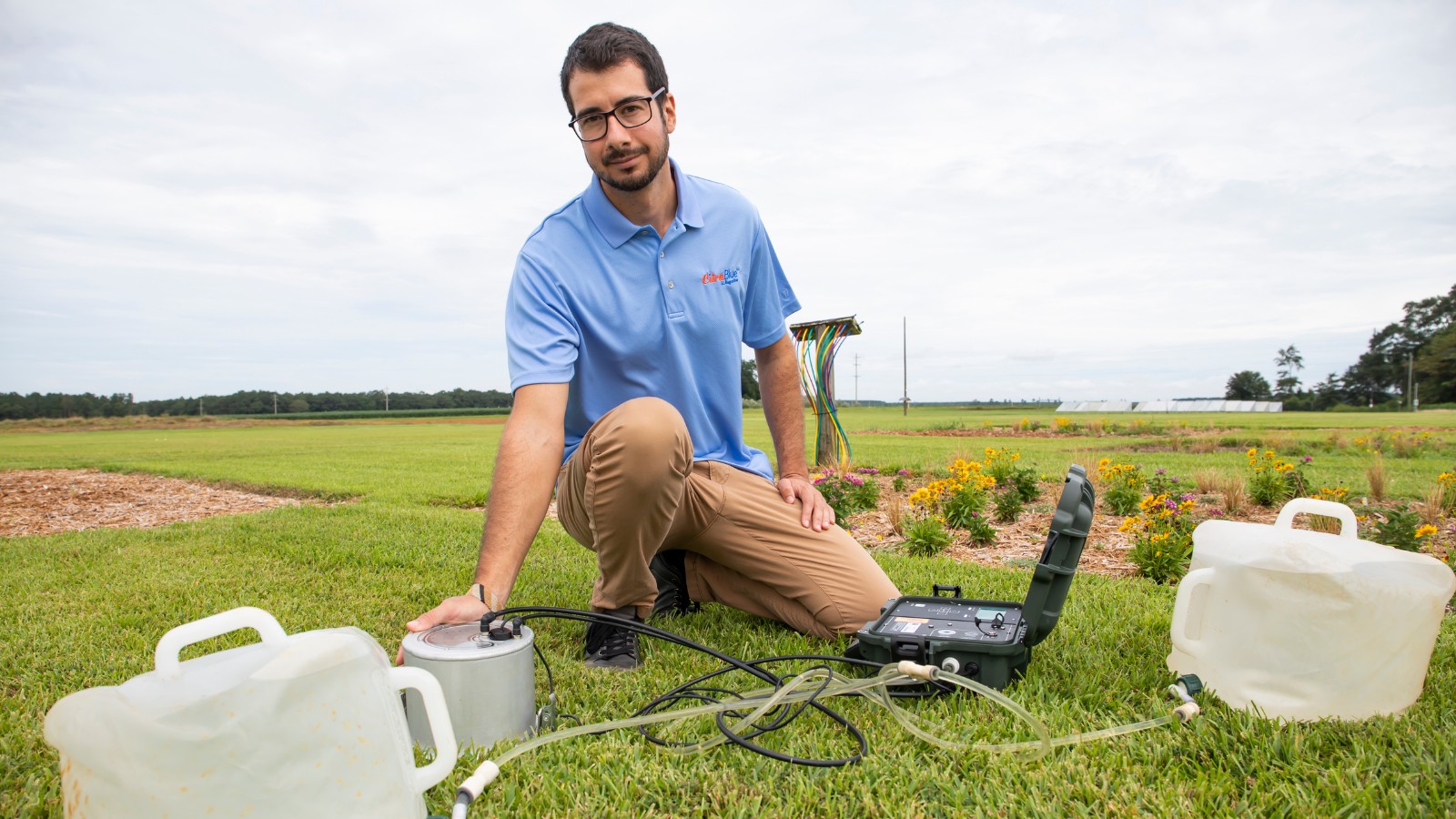
Sustainable Turfgrass Management
Promoting resource-efficient and environmentally conscious turfgrass management through science-based education, outreach, and applied research.
Turf and Lawn Questions?
For general turfgrass inquiries and assistance with troubleshooting turfgrass-related issues in your landscape, please contact your Texas A&M AgriLife Extension Service county agent.
Sustainable Turfgrass Management: An AgriLife Extension Outreach and Applied Research Program
The sustainable turfgrass management program at Dallas addresses long-established challenges like water scarcity, greenhouse gas emissions, and nutrient pollution. We also work on new issues like pollinator decline, soil health, and climate resiliency.
Our program aims to fulfill a growing need for functional turfgrass surfaces that persist and recover under reduced inputs, drought, and irrigation with reclaimed water.
Impact through public and industry collaborations
Our collaborators include the turfgrass breeding research program at Dallas, Texas Water Research Institute, and several water management districts and cities. We also work alongside turfgrass industry associations to increase awareness of new cultivars and research-based turfgrass management strategies.

Long-term goals
Our program aims to enhance the turfgrass industry by increasing its ecosystem services and reducing its environmental footprint in several interconnected ways:
- Adoption of resilient turfgrass cultivars
- Proper use of alternative irrigation sources
- 4R nutrient stewardship
- Soil amendments for increased soil health
- Smart irrigation controllers
- Integrated pest and weed management
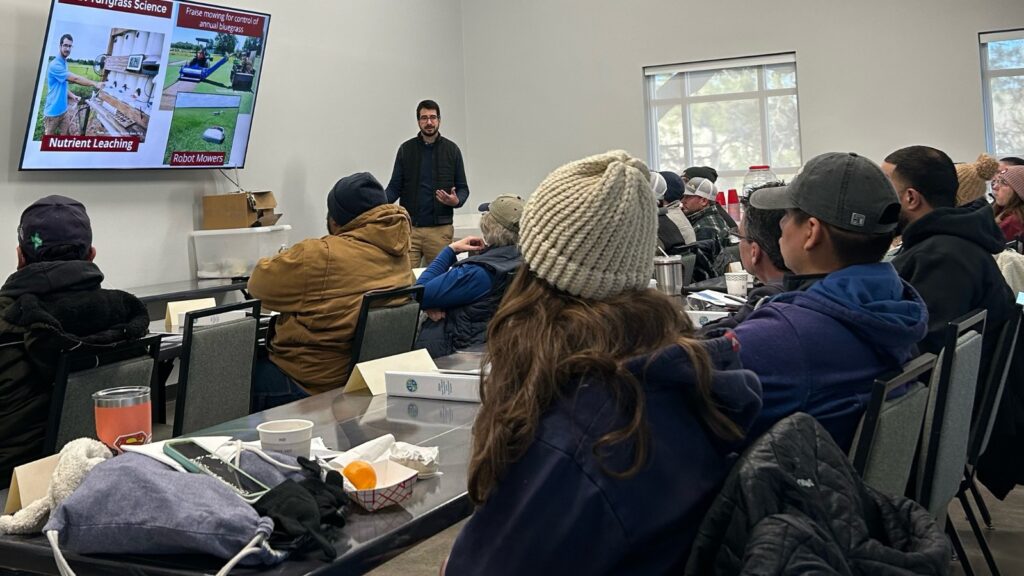
Adoption of Best Management Practices
AgriLife Extension turfgrass efforts include a host of educational activities like field days, workshops, and online training in English and Spanish.
Outreach initiatives target homeowners, landscape managers, architects, golf course superintendents, sports turf managers, licensed irrigation technicians, real estate developers, cities, and water management districts.
We also use social media, educational videos, and other media channels to raise awareness.
To incentivize the use of emerging practices and technologies, we conduct demonstration trials at AgriLife Extension county offices, cities, and parks. We encourage enthusiastic “citizen scientist” homeowners to engage in data collection related to ease of adoption, financial benefit, and environmental stewardship.
Background: Turfgrass and Challenges in Texas and the U.S.
Texas, one of the fastest-growing states in the nation, has seen a remarkable increase in its population, soaring to 30 million residents by 2022—an addition of approximately 9 million people since 2000. This growth has resulted in the proliferation of impervious surfaces like buildings, roads, and parking lots. It has also led to the expansion of turf-dominated landscapes, including lawns, parks, sports fields, golf course roughs, and roadsides.
Turfgrass covers about 65 million acres across the United States, making it the third most widely grown crop behind corn and soybeans. With an estimated annual value of $60 billion, the turfgrass industry supports nearly 1 million jobs related to its production, installation, and management.
Beyond its economic significance, turfgrass plays a crucial role in urban environments, offering various environmental, social, and economic benefits. These include providing recreational spaces, enhancing aesthetic appeal and property values, mitigating urban heat islands, controlling soil erosion, recharging groundwater, and sequestering carbon.
However, climate change, recurrent droughts, increasing costs of potable water, and increasing urban water demands have led to potable water restrictions for turfgrass irrigation. Moreover, improper use of pesticide and fertilizer inputs poses environmental implications.
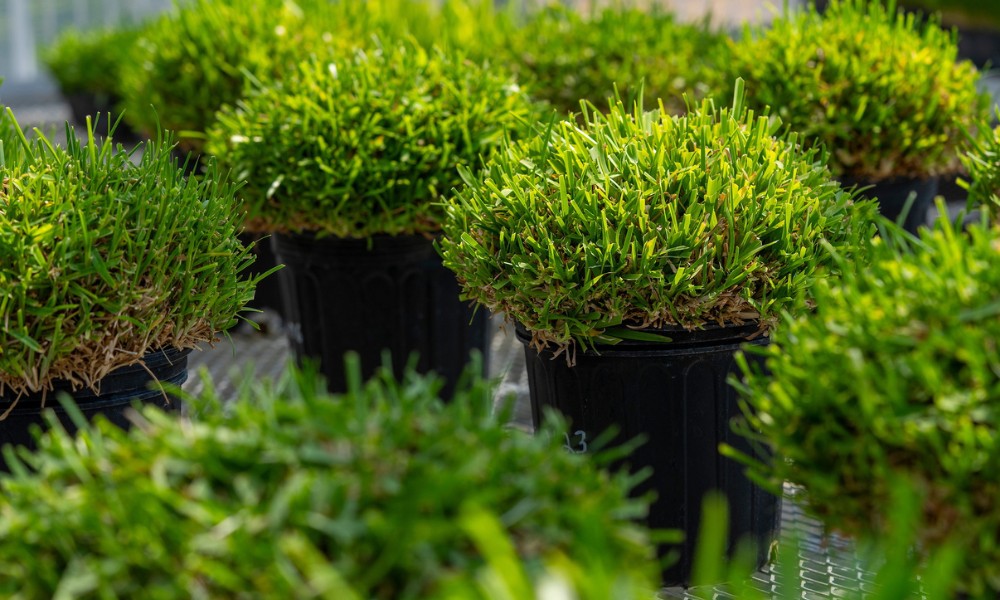
Program Faculty and Staff
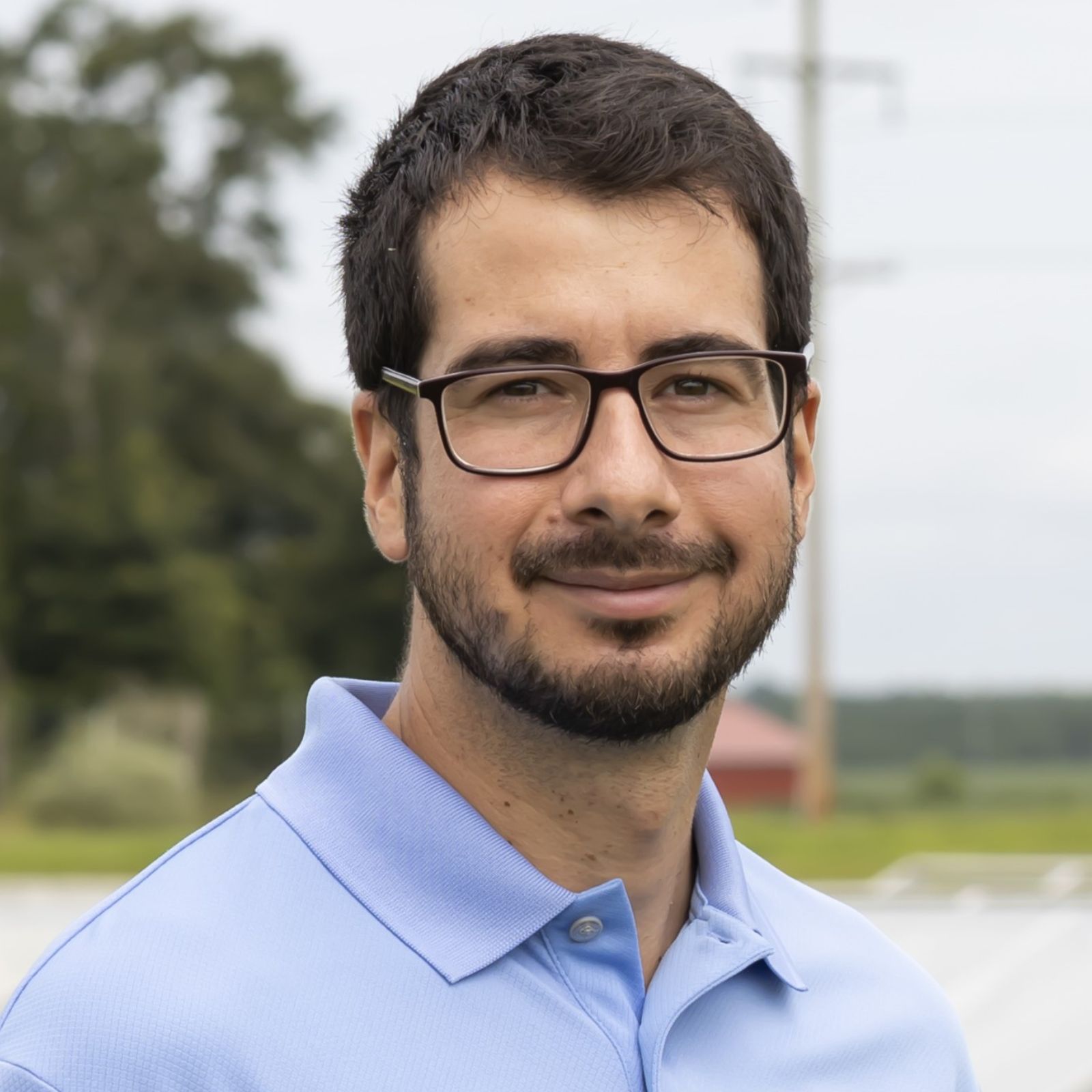
Pablo Boeri, Ph.D.
Assistant Professor, Extension Turfgrass Specialist
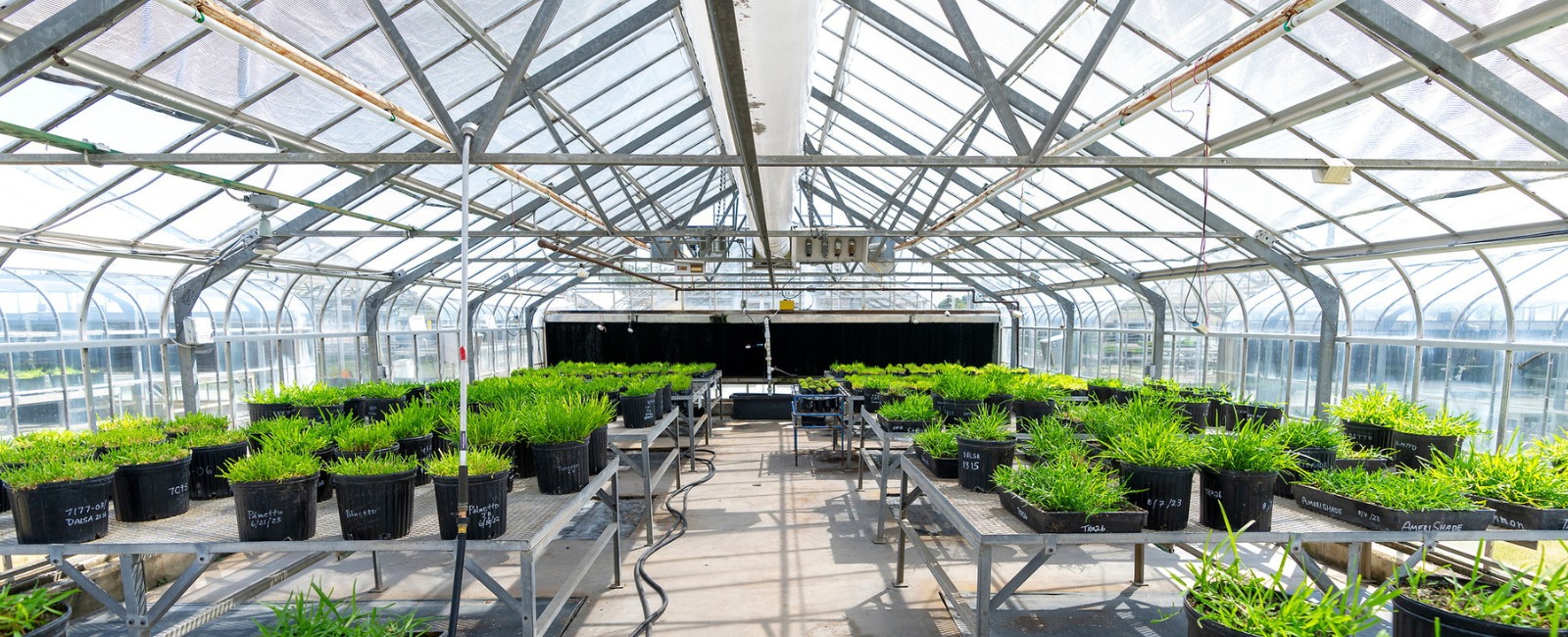
Turfgrass Breeding and Urban Landscape Research at Dallas
Scientific innovation for sustainable and resilient turfgrasses in sports, urban developments and homes
